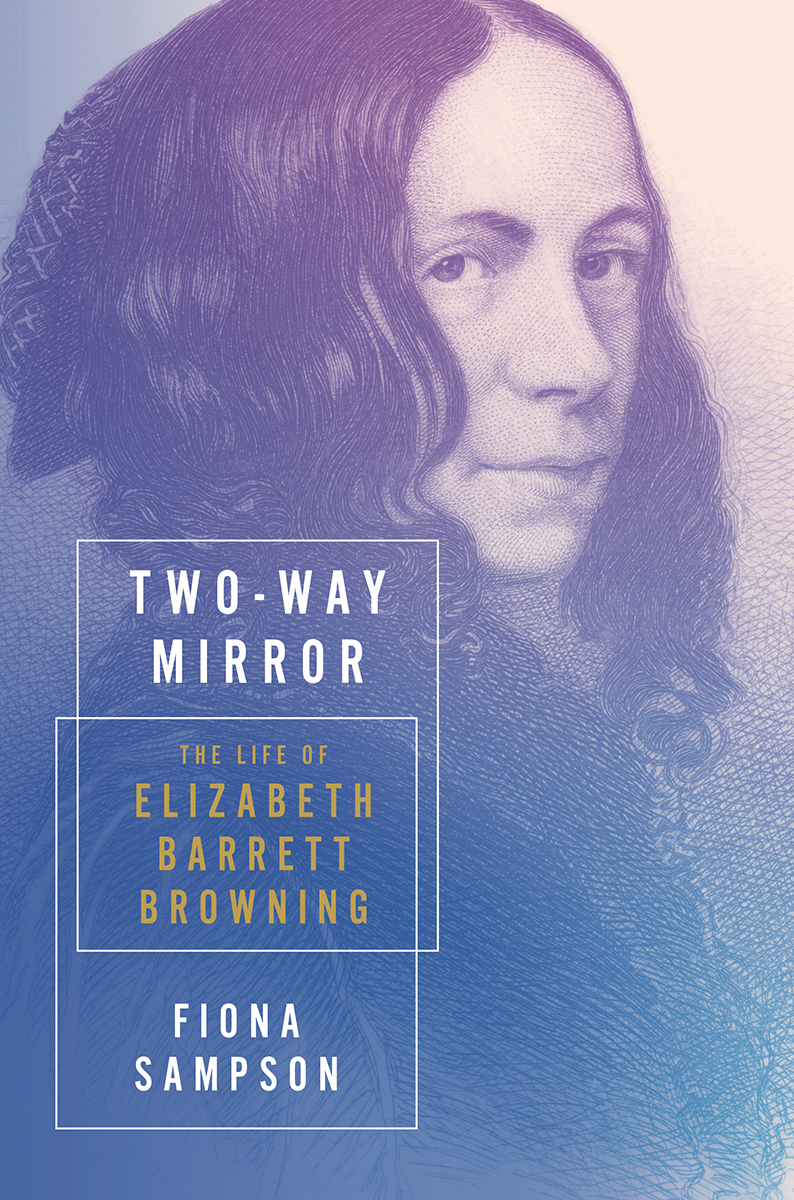What do you think?
Rate this book


336 pages, Hardcover
First published February 18, 2021
... for now, Papa's wealth genuinely enables Elizabeth's writing life
This biography sheds new light on the poet, her family, especially her famously possessive and ill-natured father, and her relationship with Browning, whom she over-shadowed as a literary figure during her lifetime.
Perhaps one of the biography’s most startling revelations is that Barrett Browning came from a slave-holding family. Her father inherited plantations in Jamaica, and despite being a Whig and a devout Methodist or Non-conformist, a religion with more than its share of abolitionists, he had no inclination to free his 600 slaves. Elizabeth's marriage to Browning, also a Non-conformist, confirmed her abolitionist tendencies. Her politics were resolutely liberal; she eventually became a staunch supporter of Italy’s revolutionary movement to win independence from Austria.
Self-taught from her father’s library, Barrett Browning gave herself the classical education young men of her day got at school. The biography reveals how her famous ill-health was actually a way for her to gain the free time to mold herself into a poet, a quest with which her father sympathized. The only thing he couldn’t tolerate was one of his children leaving the fold to get married – or even to socialize. When Elizabeth dared to marry Browning, she was cut off from her father for life. Fortunately, she had independent means, which enabled the couple to live among the ex-patriot community in Italy.Her relationship with Browning produced a child, despite her chronic ill health, and Sampson doesn’t quite manage to poke holes in the marriage, though she does examine its potential tensions. But it is interesting to note that it wasn’t until after Elizabeth’s death at the age of 56 (Browning was six years younger), that he came into his own as a poet and achieved widespread fame.
This is a thorough and perceptive biography that reveals Barrett Browning to have been, not just a woman who loved, but a woman who dared.